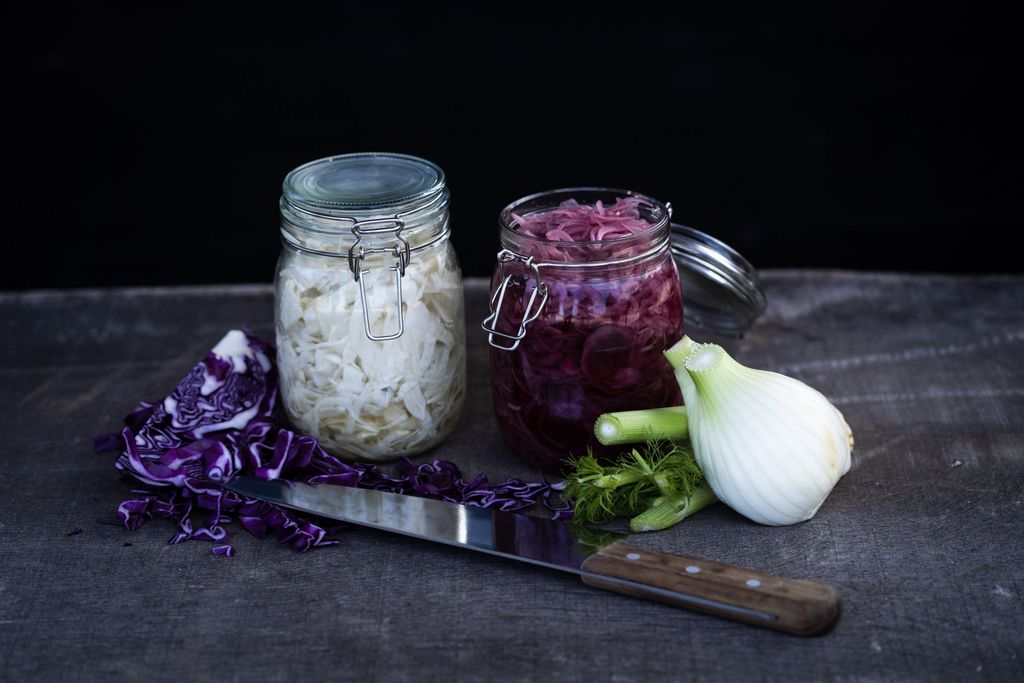
Meet the boat builders
In the middle of the museum island you will find the boatyard. Here the boat builders build reconstructions of Viking ships and other traditional wooden boats.
The smell of fresh wood tar fills the air and the sound of the boat builder's axe against the oak tree echoes rhythmically across the yard. The experienced boat builders are working on a new Viking ship.
They use the same materials and techniques that the Vikings used 1000 years ago and build with copies of the tools found from the Viking Age. You can follow the work very closely, and the boat builders show the special techniques and are happy to tell you about the work of building Viking ships by hand.
Experience the beautiful craftsmanship at the boatyard every day from 10:00 - 17:00.
Boatbuilding
In the middle of the museum lake is the boatyard. Here the boatbuilders build reconstructions of Viking ships and other traditional wooden boats.
The smell of fresh wood tar fills the air and the sound of the boatbuilder's ax against the oak tree echoes rhythmically across the yard. The experienced boatbuilders are working on a new Viking ship.
They use the same materials and techniques that the Vikings used 1000 years ago and build with copies of the tools found from the Viking Age. You can follow the work very closely, and the boat builders show the special techniques and are happy to tell you about the work of building Viking ships by hand.
» Read more about the viking's boatbuilder work task here...
War, battle and sharp weapons
Had you survived in the Viking Age?
The Viking warrior shows off his impressive weapons and shows how to use them. Most Viking warriors were equipped with axes and shields, while the great man could have expensive weapons, such as swords, helmets and chain mail.
Martial arts have been a craft that one has learned and trained to become the best warrior and thus could hope to return home to the family after the expedition.
The charcoal maker
Burning charcoal and extracting wood tar is an ancient craft that is also a necessity for the blacksmith's work and the maintenance of the finished Viking ship. This is why the charcoal maker is so essential in the making of Viking ships.
Charcoal is made from wood that is burnt in a closed mile. The raw material for making charcoal and wood tar is resinous pine wood from the trunks, branches and roots of the tree, which are split into sticks and stacked carefully. The entire mile is covered with peat and ignited, where it must be constantly tended for several days while it burns. The charcoal makers control the burning and first cause all the water in the wood to evaporate. Combustible air then develops and is absorbed into the coal, resulting in a high calorific value.
Wood tar is a by-product of charcoal production, as the tar is expelled from the wood during the controlled burning process.
The blacksmith
The blacksmith provides a special insight into the difficult art of handling the red-hot iron. You can get up close and personal with the complicated - and mysterious - forging technique when the blacksmith shapes the unimaginably many ship nails needed to build a Viking ship.
Maybe you can help with the bellows while you have a talk about the exciting process of forging iron for nails and tools.
The sailmaker
Without ships - no Viking Age. And without sails - no Viking ships!
The large, square square square sail is also called the 'Wing of the Dragon'. It was the sail that guided the decorated longships across the high seas.
Not many people realise that it takes at about the same amount of time to make a sail as it does to build the ship it will drift. First, the fabric must be woven from wool or linen threads and then the sailmaker can sew the woven fabric panels together, cut the sail and strengthen the edges. This is why they reused the expensive sails and made sure they were well-maintained and ready to sail.
Cooking in the Viking Age
What did the Vikings eat on the long expeditions, and what did they eat at home. There is no doubt that the food has been very important to the sailors on board the ships, so that they could withstand the cold and wind without getting exhausted.
But the Vikings did not have access to the same raw materials that we have today. So what raw materials were there in the Nordic countries in the Viking Age, how was the food prepared over a campfire, and how did the Vikings keep the food on the long voyages?
The cook really had to know his craft so that there would be no hunger or disease on board.
When can you meet the craftsmen?
May | June | July | August | |
The blacksmith | 1, 9, 19, 20 | 1, 4, 10, 12, 13, 19, 20, | 8, 9, 12, 13, 15 - 17, 22, 23, 29 - 31 | 3, 7, 10, 14, 31 |
The sailmaker | 25, 26 | 5 - 7, 22, 26, 27 | 20, 21 | 1, 2, 4, 24, 30 |
The ropemaker | 6, 7, 13, 14, 21, 22, 27, 28 | 3, 4, 10, 11, 17, 18, 24, 25 | 10, 11, 15, 16 | 5, 6, 12, 13, 26, 27 |
The woodcarver | 4, 5, 18 | 2, 3, 14, 16, 17, 23, 24, 28, 29 | 14, 18, 19, 24, 25 | 5, 8 , 9, 25, 26, 29 |
The Viking warrior | 1 - 7 | |||
The charcoal maker | 15 - 17 |




